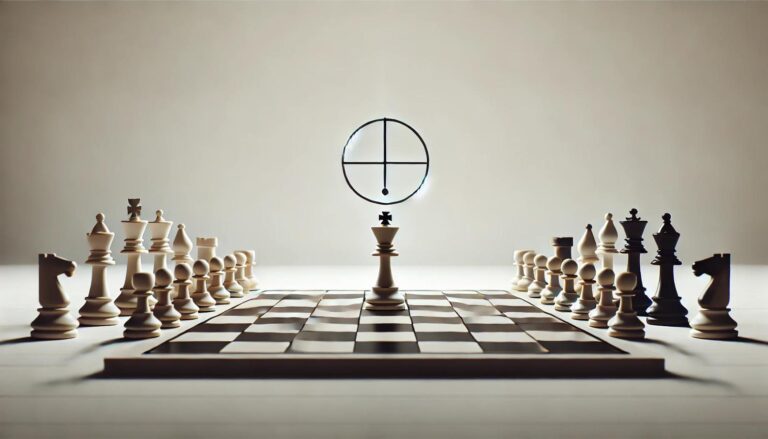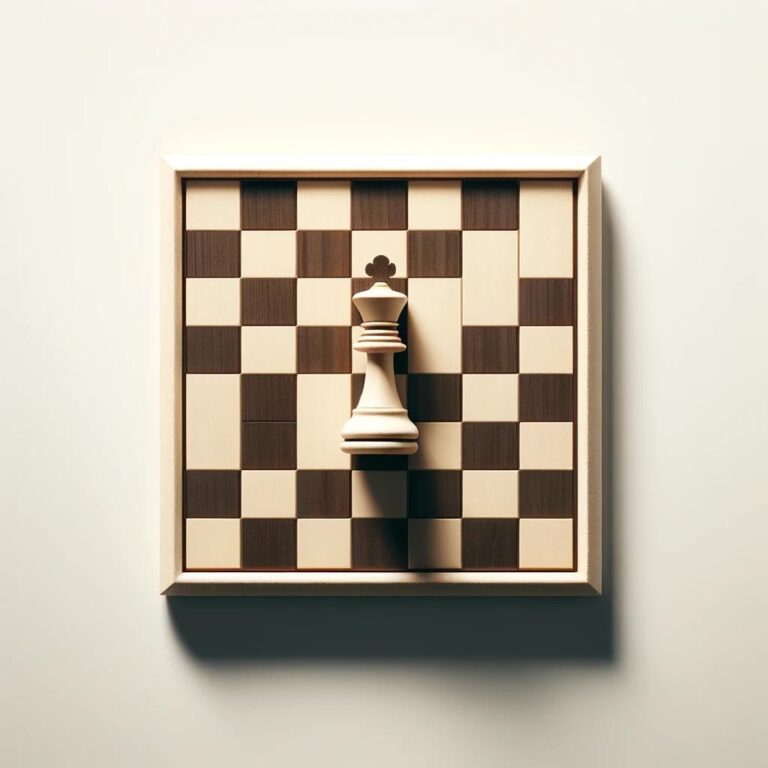The Art of Sacrifices in Chess: Winning by Losing Pieces
Introduction
Chess is often seen as a highly strategic game, where players carefully plan their moves to outwit their opponents. However, at times, the key to victory lies not in cautious planning but in bold sacrifices. Sacrifices in chess refer to a player intentionally giving up one or more of their pieces in exchange for gaining a positional advantage or forcing a winning move. These sacrifices are not random or reckless, but rather a calculated risk that can ultimately lead to a victory. In this article, we will delve deeper into the art of sacrifices in chess and how they can be used to win a game by losing pieces.
The Importance of Sacrifices in Chess
Sacrifices in chess are not a new concept and have been a part of the game since its inception. They require players to think ahead and visualize potential outcomes, as well as have a strong understanding of the game´s principles and strategies. Sacrifices can give players a considerable advantage, as they can weaken their opponent´s defenses or create openings for stronger positioning. Sacrifices also add an element of surprise and psychological pressure, forcing the opponent to think on their feet and potentially make mistakes.
Moreover, sacrifices are often necessary when a player is in a disadvantageous position. By willingly giving up a piece, they can change the course of the game and turn their defense into an offense. Sacrifices can also help break a stalemate or a never-ending repetition of moves, as they can create new possibilities on the board.
Types of Sacrifices
There are different types of sacrifices that players can make in a game of chess, each with its own purpose and potential outcome. Some of the common types of sacrifices are:
- Pawn Sacrifice: Sacrificing a pawn is the most common type of sacrifice in chess. Pawns are the most expendable pieces, and making a sacrifice with them can either open up a position or create a weakness in the opponent´s defense.
- Piece Sacrifice: This involves sacrificing a bishop, knight, or rook to gain an advantage. Piece sacrifices are more significant and riskier than pawn sacrifices, but they can have a significant impact on the game.
- Exchange Sacrifice: In this type of sacrifice, a player willingly trades a higher-value piece for a lower-value one in exchange for a positional advantage or a stronger attack.
- Desperado Sacrifice: A desperado sacrifice refers to sacrificing a piece that is under attack and has little chance of survival. The purpose of this sacrifice is to deflect the opponent´s attention from a more valuable piece or to initiate a counter attack.
Examples of Successful Sacrifices in Chess
Throughout the history of chess, there have been numerous examples of successful sacrifices that have led to victories for one player. One of the most famous examples is the “Immortal Game” played between Adolf Anderssen and Lionel Kieseritzky in 1851. In this game, Anderssen sacrificed both his rooks and queen, leaving his king exposed, but ultimately checkmating Kieseritzky´s king in a stunning and unexpected move.
Another notable example is the “Evergreen Game” played between Adolf Anderssen and Jean Dufresne in 1852. In this game, Anderssen sacrificed his queen to create a series of attacks that eventually led to a checkmate. These games demonstrate the power and effectiveness of sacrifices in chess and how they can turn the tide in a game.
The Art of Calculating Sacrifices
As mentioned earlier, sacrifices in chess are not reckless moves but rather calculated risks. Players must have a strong understanding of the game´s principles and strategies to accurately assess the potential outcomes of a sacrifice. They must also be able to calculate several moves ahead and visualize the different scenarios that may arise from a sacrifice.
Calculating sacrifices also requires a sense of intuition and creativity. Sometimes, a sacrifice may not have a clearly defined outcome, but a player´s intuition and creative thinking may lead to a favorable position. It is essential to be adaptable and constantly reassess the situation on the board to make the most effective sacrifice.
Conclusion
Sacrifices in chess are a testament to the game´s complexity and the strategic thinking required to be a successful player. By willingly giving up pieces, players can gain a positional advantage, break through a stalemate, or intimidate their opponents. Sacrifices are also a crucial element in creating exciting and memorable games. So the next time you play chess, do not shy away from making a bold sacrifice – it might just lead you to victory!




